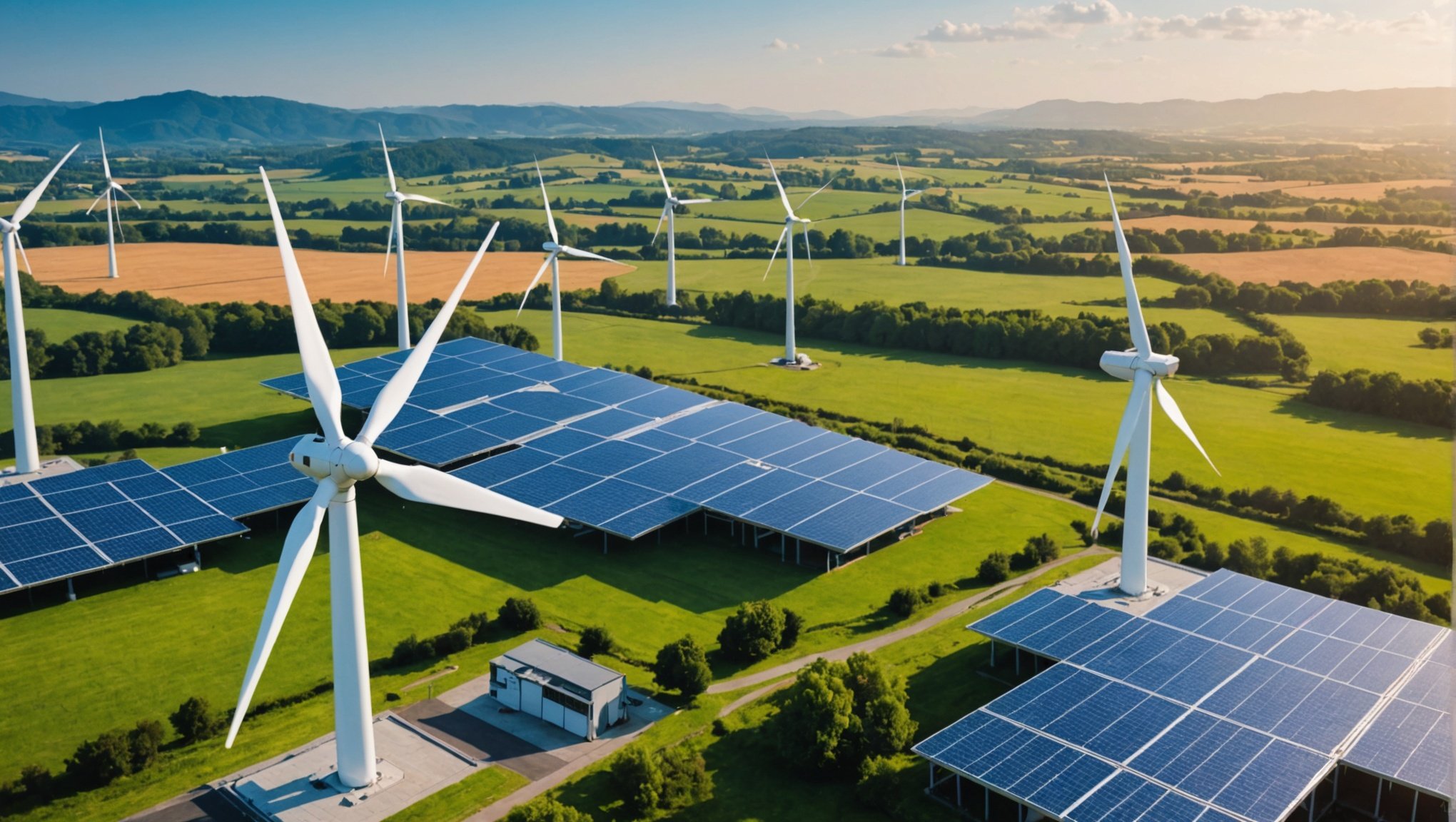Overview of AI-Driven Predictive Maintenance
AI predictive maintenance revolutionises the renewable energy systems by foreseeing potential failures before they manifest, thus ensuring efficiency. It involves using artificial intelligence algorithms that analyse data gathered from equipment sensors to predict maintenance requirements. Renewable energy sectors significantly benefit from this approach, as it reduces downtime and enhances the lifespan of equipment.
Incorporating AI technologies into predictive maintenance systems involves several steps. First, data is collected from various sensors and fed into AI models. These models then process the data, identifying patterns or anomalies that might indicate a future malfunction. As a result, maintenance can be scheduled proactively, rather than reactively.
Also to read : Unlocking Airport Security: The Promising Role of Biometric Verification
Several renewable energy applications actively employ AI-driven maintenance strategies. For instance, wind turbines use AI algorithms to monitor vibrations and temperatures, predicting potential mechanical failures. Similarly, solar farms utilise AI to assess panel performance and forecast any deviations in power output that could suggest equipment degradation. This not only optimises operational efficiency but also maximises energy production from renewable sources. Embracing AI predictive maintenance is crucial in maintaining the reliability and sustainability of renewable energy infrastructures.
Case Studies of AI in Renewable Energy Maintenance
Exploring AI applications in renewable energy provides insights into performance improvements and operational efficiency enhancements. A detailed analysis of specific case studies in wind energy highlights how predictive maintenance strategies, powered by AI, minimize downtime. Through sophisticated algorithms, AI forecasts potential equipment failures, allowing for timely interventions. This proactive maintenance drastically reduces the risk of unexpected breakdowns, ensuring continued energy production.
Also read : Exploring the Impact of Fiber Optic Sensors on Bridge Structural Health Monitoring
In the realm of solar power plants, AI-driven maintenance strategies demonstrate significant improvements. By analyzing performance data, AI applications fine-tune operational parameters, optimizing energy output. Such strategies showcase the capability of AI to enhance overall plant efficiency, cutting unnecessary costs and boosting profitability.
Lessons learned from these case studies reveal the transformative impact of AI on renewable energy sectors. Implementation of AI not only streamlines maintenance operations but also provides a robust framework for future innovations. Overall, these examples underline a pivotal shift towards a more sustainable and efficient energy landscape. With AI applications gaining momentum, the renewable energy industry stands to benefit vastly from these technological advancements.
Benefits of AI-Driven Predictive Maintenance
AI-driven predictive maintenance offers significant advantages that can greatly enhance operational efficiency across various industries. One of the primary benefits is the reduction of unexpected equipment failures. By utilising AI technologies to predict when maintenance is required, companies can ensure enhanced reliability in their operations. This proactive approach enables industries to effectively anticipate potential issues before they become catastrophic failures.
Cost reduction is another major benefit. Predictive maintenance helps in optimising resource allocation, which translates into substantial cost savings. By reducing the frequency of equipment failures, companies can lower repair costs and minimise the need for emergency interventions. Additionally, AI assists in better maintenance scheduling, reducing downtime and further streamlining operations.
Furthermore, with improved maintenance scheduling, businesses can avoid unnecessary servicing, allowing equipment to operate at its optimal performance level. This not only extends the lifespan of machinery but also ensures that resources are used most efficiently. These combined benefits establish AI-driven predictive maintenance as a crucial element for businesses aiming to maximise their operational efficiency and optimise costs.
Challenges in Implementing AI for Predictive Maintenance
Embarking on predictive maintenance with AI presents several implementation challenges. These are primarily due to barriers such as the complexity of data management. Companies often grapple with the volume and variability of data required for effective AI deployment, hindering the adoption process.
The key challenge revolves around organising and integrating diverse data sources. This is crucial to ensure analytical models can accurately predict maintenance needs. An inefficient data management system can lead to inaccurate predictions, affecting the reliability of renewable energy systems.
To overcome these barriers, it’s essential to develop robust data management strategies. Start by assessing the quality and consistency of data being collected. Implementing advanced data processing tools designed for diverse datasets can enhance efficiency. Moreover, investing in employee training can help mitigate knowledge gaps, enabling smoother transitions. Finally, ensuring a strong collaboration between data scientists and maintenance teams can streamline the implementation process, fostering a more seamless integration of AI into existing systems.
By addressing these challenges strategically, organisations can harness AI’s full potential, resulting in efficient, reliable, and timely maintenance operations.
Future Trends in AI-Driven Predictive Maintenance
As we look towards the future trends in predictive maintenance, the intersection of AI with renewable energy innovations is poised to transform operational processes. The adoption of emerging technologies is significantly shaping how predictive maintenance is applied in the renewable energy sector. From sophisticated sensor technology to advanced data analytics, these tools enable more precise forecasting of system failures and real-time monitoring.
AI’s evolution is predicted to further refine the technology evolution in operational protocols. Machine learning algorithms, for instance, will become more adept at interpreting complex datasets, leading to improved decision-making processes and reduced downtimes.
Future research areas may likely focus on expanding AI’s role in predictive maintenance, exploring novel renewable energy innovations. This could involve developing more efficient algorithms that cater specifically to the unique requirements of different energy systems, ensuring optimal performance. Consider the potential for AI-driven systems to offer predictive insights, thus streamlining maintenance workflows and decreasing reliance on human intervention.
In summary, the continuous advancement in AI technologies promises a dynamic shift in predictive maintenance strategies, reinforcing its importance across renewable energy sectors. This not only enhances efficiency but also heralds a more sustainable future for energy production and consumption.











